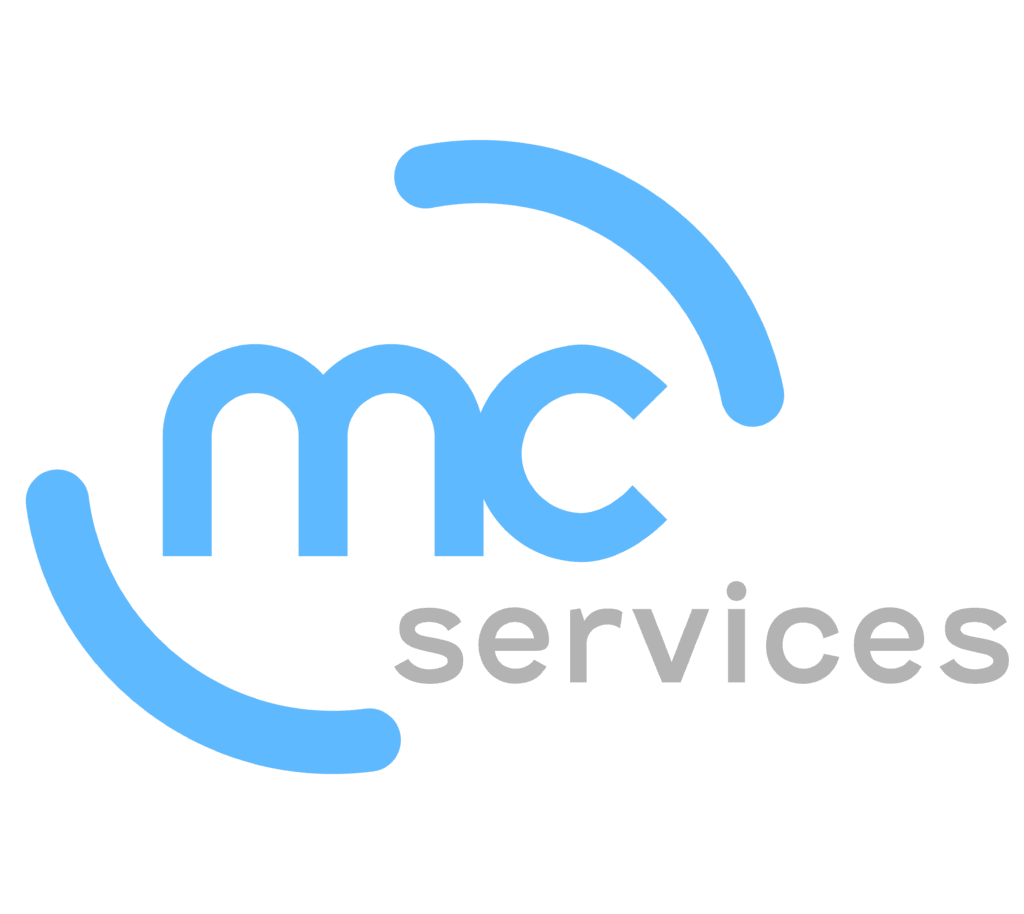We’ve covered the bring your own device (BYOD) movement exhaustively on this blog, diving into the potential benefits and risk of encouraging the use of personal mobile devices in the workplace. If you recall from our previous blog post on the subject, Apple effectively kicked off the trend with the introduction of its innovative iPhone in 2007, and through the years of software updates and new releases, it’s not uncommon to see Apple products in offices nationwide.
These days, businesses might consider iPad deployment to roll out a series of beneficial company-owned mobile devices to improve workplace productivity, but many executives still wrestle with the decision to adopt a formal BYOD policy and structure. The truth is, the presence of personal devices in the workplace is inevitable, so it is better to be prepared with a strong wireless network, firm administrative controls and the right policies to counteract risk.
Research firm Frost & Sullivan even suggests that BYOD could offer a cost-effective way to implement mobile capabilities and other IT solutions, such as voice over Internet Protocol (VoIP) business phones.
“[Companies]should also evaluate means to extend secure, reliable conferencing and social networking capabilities to employees who would benefit from real-time connectivity,” the company recommended in a recent press release. “Organizations should also rethink their mobility strategy to include more employees, while providing support for a wider variety of devices.”
Frost & Sullivan will hold a summit at the end of January called ConNEXTions 2013, which will bring together industry stakeholders to examine the BYOD trend and seek to find solutions to security risks. These are considerations IT executives are making each day, and as long as they are working with a trusted provider of network solutions, it’s not impossible to stay ahead of the curve.
